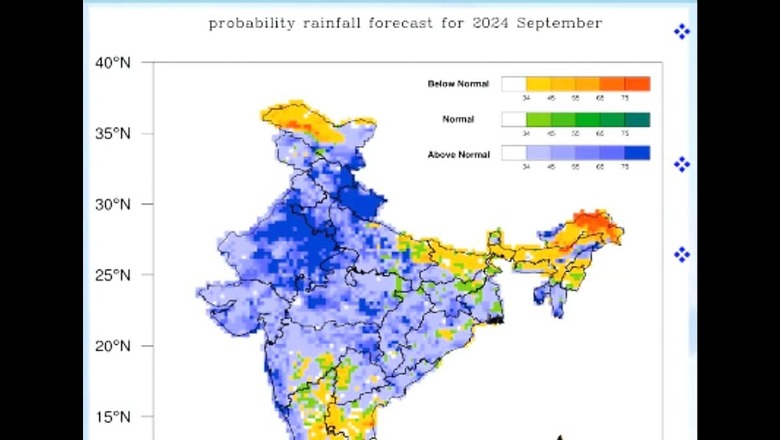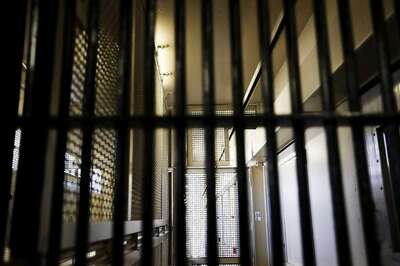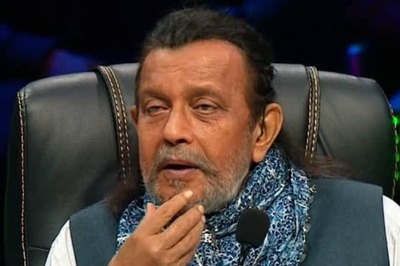
views
Monsoon rains may finally catch up with poll-bound Jammu and Kashmir after eluding it for most part of the four-month season. The weather department has forecast normal to above-normal rains for the Himalayan region, except for extreme northern areas where it may still be less.
But the uptick in seasonal rains this month may not affect the polling process as voting begins on September 18 — around the time when the monsoon normally starts preparing for its retreat.
J&K is gearing up for high-stakes assembly elections after almost a decade — the first since the abrogation of Article 370 and its recognition as a Union Territory. The three-phase elections will be held on September 18, September 25 and October 1, with the counting on October 8.
According to the India Meteorological Department (IMD), the above-normal rain prediction is mostly for areas adjoining Himachal Pradesh. So, there may be a few heavy rain spells in and around Jammu region over the next two weeks, but the upper Kashmir Valley — which has gone through a relatively dry season — may not get impacted much and rains may be normal.
“Usually, Jammu and Kashmir does not get enough rains in September as the monsoon begins to withdraw. But we are expecting 1-2 good spells over the next two weeks, especially over Jammu. However, there won’t be much rain in the upper Kashmir regions. Still overall, the monsoon rains may end as normal, or slightly on the higher side,” scientist from MeT Centre Srinagar Mukhtar Ahmed told News18.
The latest update suggests the rainfall activity has already picked up over Kashmir and is likely to continue this week, after which another spell is expected around September 6-7. However, the weather conditions around the time of polls would become clear from the weekly forecast which will be issued by IMD ahead of the polling day.
SCANTY RAINS THIS SEASON, DEFICIT TOUCHES -23%
The northern-most Himalayan region has faced a warmer year so far. As per IMD, the monthly average minimum temperature for India was nearly 0.61℃ above normal — highest in the last 100 years. After a delayed and reduced snowfall during winter, monsoon rains too eluded it for weeks. July saw an extended dry spell which led to spiking temperatures touching 35℃ for days. The rains gathered some pace only around August. Overall, the rainfall deficit has touched -23 per cent, with most areas in Kashmir from Anantnag, Kulgam to Srinagar facing a shortfall.
The high rainfall deficit in the Himalayan region had a cascading impact on the local agriculture and horticulture crops, with local drinking water supply also impacted in several areas. As of August 29, the monsoon deficit touched a staggering -85 per cent in Shopian, -78 per cent in Poonch, -72 per cent in Kulgam and -38 per cent in Srinagar.
Normally, the monsoon starts withdrawing from Jammu and Kashmir from September 21-24. However, over the years, scientists are witnessing a delay in its retreat. This month too the IMD had predicted above-normal rainfall activity during the last month, indicating the monsoon withdrawal may further be pushed back.
“We are witnessing a delayed withdrawal of the monsoon over the years, especially over North-west India. This season too, we are expecting heavy rains over Gujarat and Rajasthan around September 15 so there could be a delay, but difficult to predict weeks in advance,” said IMD chief Dr M Mohapatra.




















Comments
0 comment